Cat
-
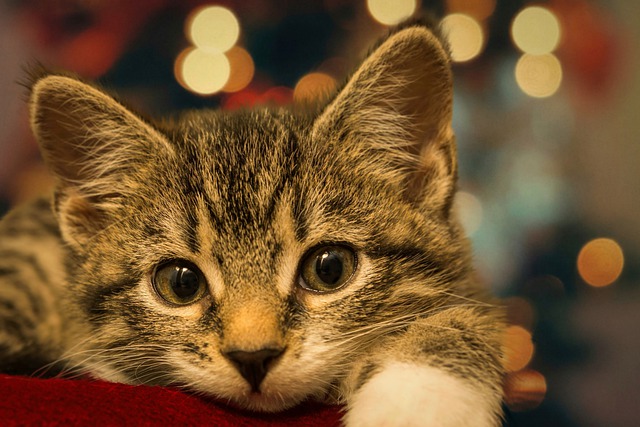
Holistic care for your cat – 10 ways to benefit
Responsible cat owners want their pets to live long and healthy lives, but many don’t know where to start. Just…
Read More » -
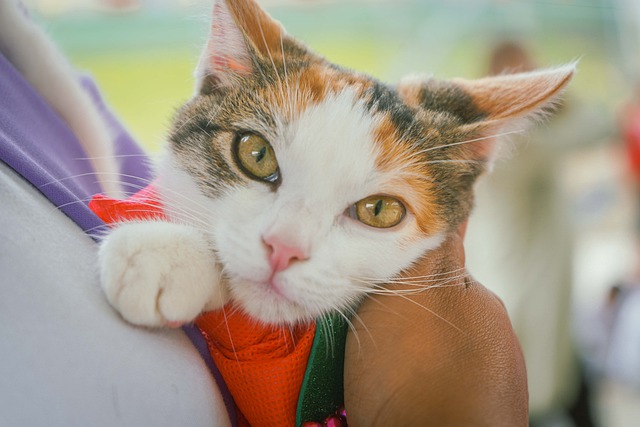
Is your cat safe? 5 ways to protect your cat
Cats can be wonderful and fun companions. Each one has its personality, and many cats just love being with their…
Read More » -
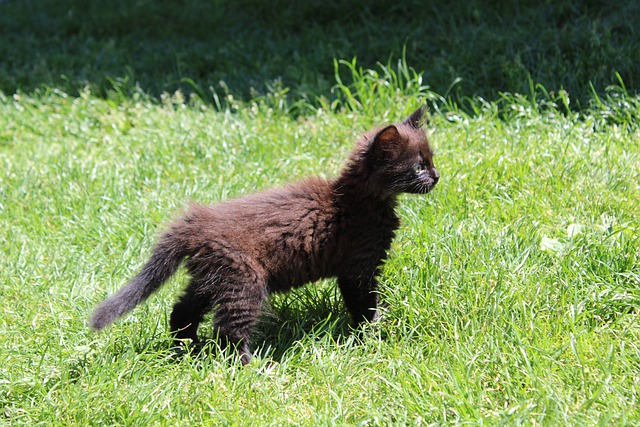
Do You Have a Cat That is Constantly Afraid?
If you have a cat that is constantly afraid then you need to read the following very carefully. A cat…
Read More » -
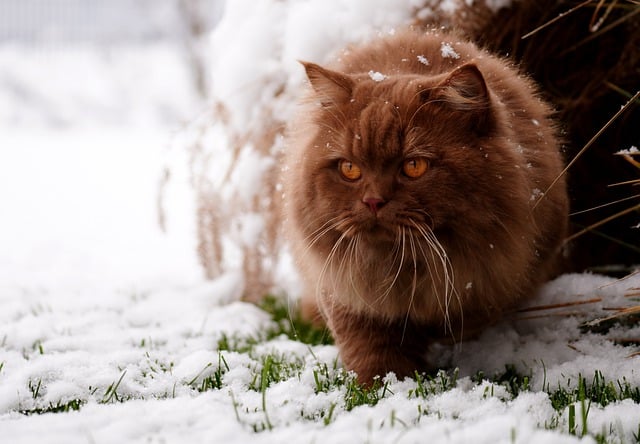
Domestic cats and wild cats – The history of cats
The first appearance of the domesticated cat dates back, according to original reports, to 8,000 years ago. According to the…
Read More » -

Keep your cat’s ears pointed!
We all know that our ears are very important to us. For cats, ears are also an important part of…
Read More » -
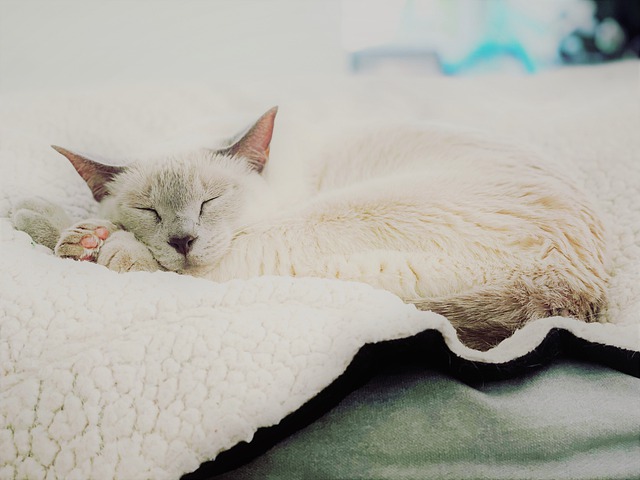
Top 5 reasons why you should spay or neuter your cat
What are spaying and neutering? Neutering your male cat is a simple surgical procedure that involves the removal of the…
Read More »